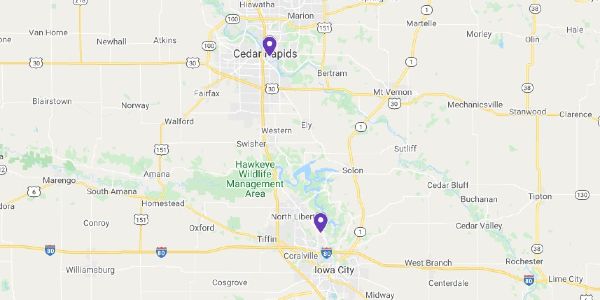Maintaining a blog on your website is one of the most effective methods of building a strong foundation for your business’ offboard organic SEO. Visitors love reading new content, and Google rewards websites that are consistently updated. Getting started, however, can seem kind of daunting. In this month’s Vortex Marketing Blog, we will go over some easy to follow guidelines to keep in mind when writing your blog posts.
1. Original, Interesting Content
The most important part of any blog is having original, interesting content. From a reader perspective, you want to provide insight into your field that no one else can provide. From Google’s perspective, the search engine will always rank original content higher than regurgitated or copied content. Essentially, write new content that your field hasn’t seen before, and you’re set!
2. Post Length – At Least 300 Words
How long your blog post should be is a constantly debated topic online in terms of best SEO, and research over the past few years has come to one conclusion: there really isn’t an ideal target to aim for. How long your posts are depend on what you’re trying to accomplish with your blog. If you’re trying to generate discussion and social media shares, 300 to 600 words is a good target to aim for. However, if you’re writing an in-depth research piece on a specific topic, there is no real limit to how long you can go.
When getting started, consistency is more important than volume, and aiming at 300 to 600 words per post is ideal.
3. Legally Procured, Optimized Images
Each blog post you publish should have a legally procured, optimized image accompanying it. This means that the image is not one you randomly find on Google, but an image that you created, purchased the license for from a stock photography website, or received permission to use from the owner. Many times we see authors simply take an image from a Google search, which is illegal, violates IP law, is actionable and needs to be avoided. It is important to understand how to legally obtain images and other content for your blog.
Once you’re procured your image, it must be optimized for name, file size, and alt text. The name should contain keywords related to your business and post, and be separated by hyphens or underscores. Spaces should not be used in image names.
The file size should be as small as possible to reduce load times on the website. Long load times can deter readers, and Google ranks slower sites at a lower rank.
Alt text is similar to the image name in terms of conventions, but can contain spaces instead of hyphens and underscores. Alt text is used to tell Google what the image is about, and screen readers read this text out loud to visually impaired users.
4. SEO Meta Tags
Every blog post you write needs to also have a unique title and description tag. These tags tell users and search engines what the post is about, and are one of the most important factors when considering organic ranking.
If you’re using WordPress to power your website, there are many plugins you can use to easily edit the meta tags on your posts. At Vortex, we use Yoast.
The title tag should be around 80 characters long, and contain only keywords related to your blog post. Description tags should be around 160 characters, and contain a keyword-rich summary of what your post is about.
5. Always Include a Call to Action
At the end of each blog post, it’s important to leave readers with a call to action that will encourage readers to look further into your business or purchase a product or service. After all, the ultimate goal of maintaining a blog is to attract more clients! A call to action can simply be a “Want to learn more? Call us today at xxx.xxx.xxxx” or something similar.
6. Include Internal and External Links
Google loves interlinking content, and blog posts are a great venue to do this. If you’re talking about a service your business provides, make sure to include a link to that specific page, PDF, or content that you’re talking about. If you’re referencing a third-party website or resource, make sure to include a link to that as well.
Not only will Google see this, but the website and resource you link to may as well. This may cause them to in turn, link to your blog post, and generate what we call a backlink. Backlinks are a great way to increase your organic SEO ranking, as it shows that other websites consider your content reputable and worth sharing.
7. Author Bio
Including an author bio at the end of each post is a small, simple and effective method of conveying credibility to your readers. If you use WordPress, bios can be created in the User section of the back end. A short bio listing your background, experience, and a fun fact helps you appear more personable and knowledgeable to readers.
Conclusion
While these best practices will help you rank better and engage more with readers, a successful blog ultimately comes down to one factor: consistent, original, interesting content. Writing quality posts is more important than any amount of optimization. However, the guidelines we discussed will help your posts reach the next level in terms of SEO.
Looking to start your own blog?
Need assistance growing your business?
Call Vortex Business Solutions at 319.621.0191 today for a free consultation.









